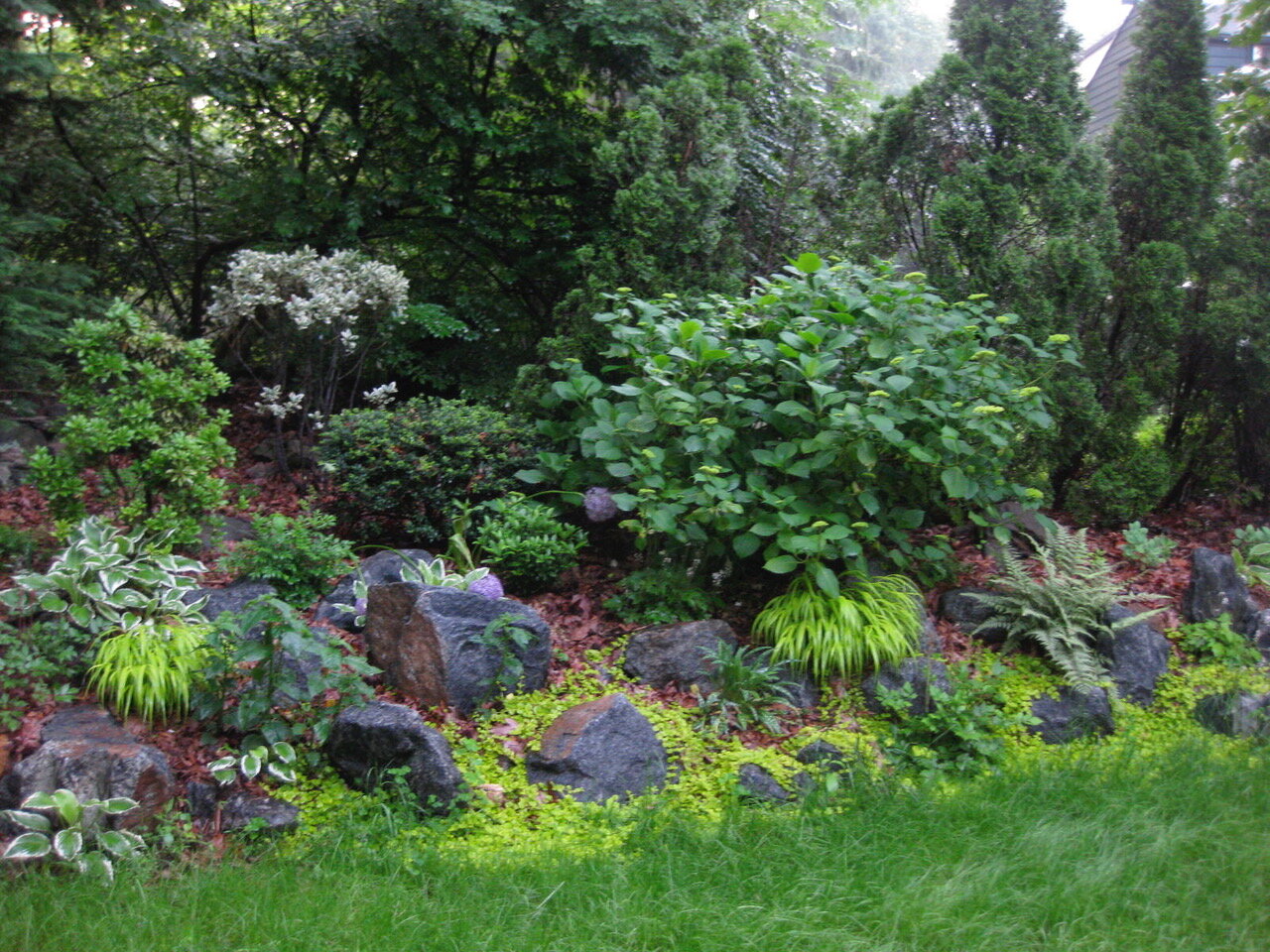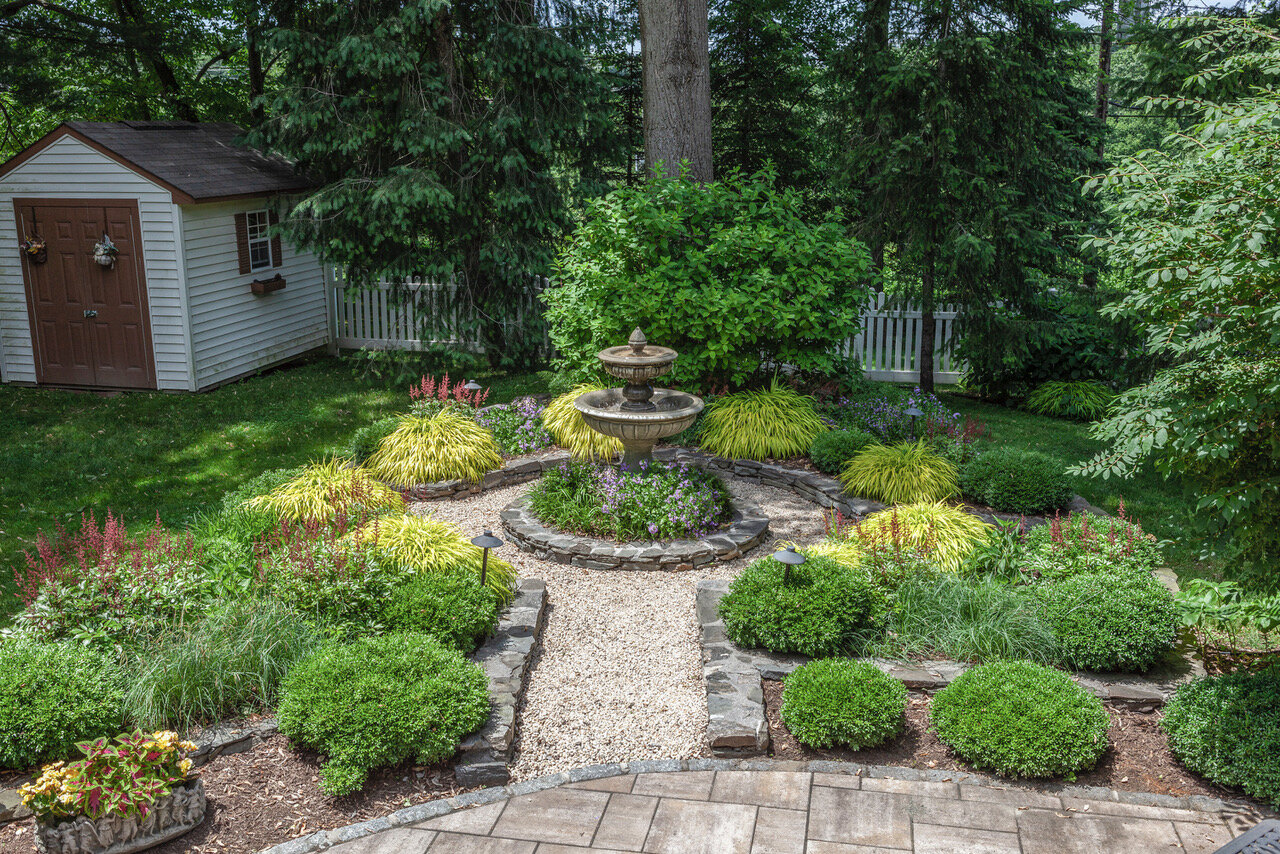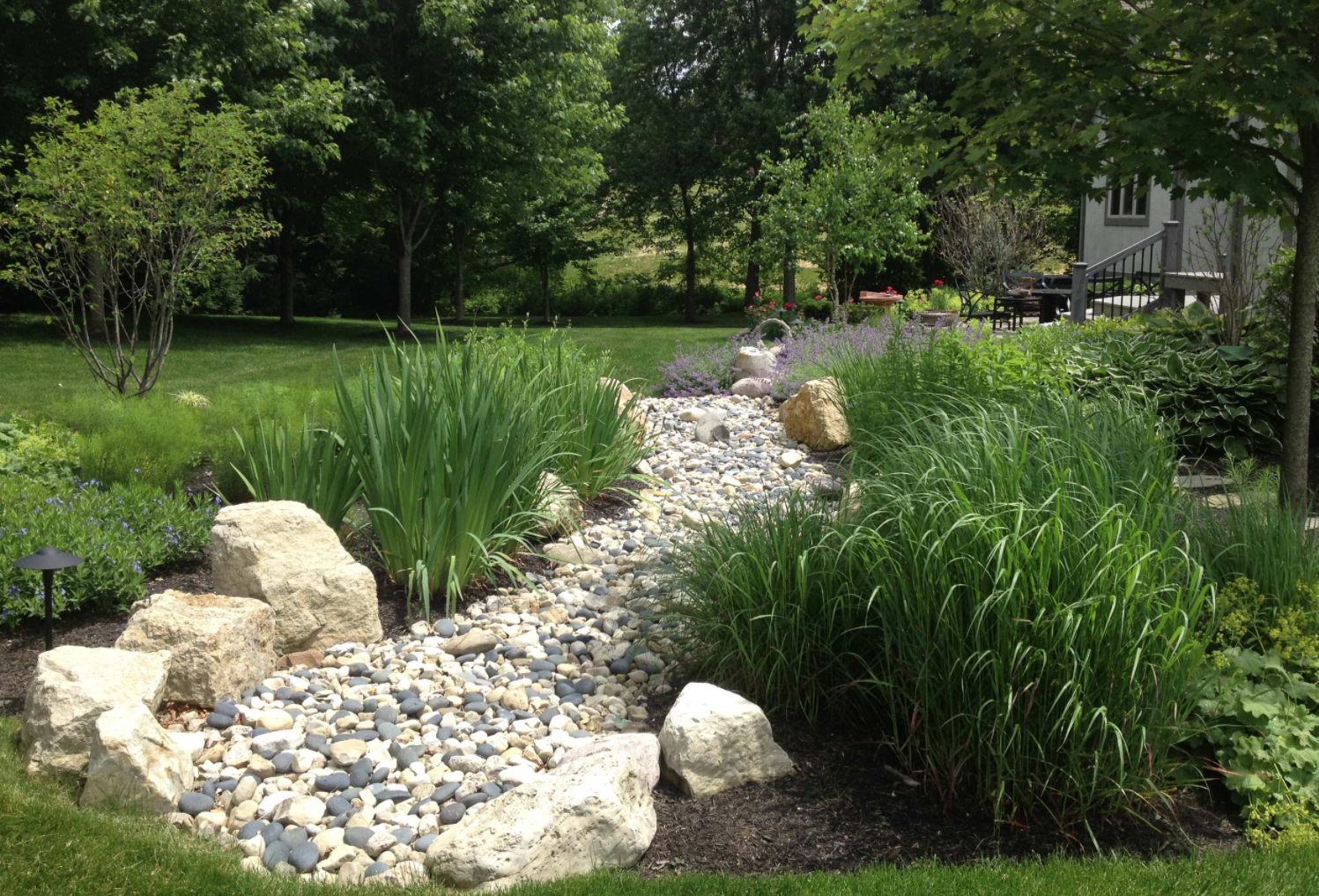That old saying, “the grass is always greener on the other side” is never more true when struggling to grow a thick, green lawn. The reality is, no matter how hard you might try – or how many harmful herbicides you might use – some yards just aren’t meant to grow lush turf grass.
It could be that your yard, or part of it, slopes too much or is too shady or too rocky to grow conventionally perfect-looking grass.
But that doesn’t mean that your yard can’t be beautiful.
With some expert help, your seemingly troubled landscape can become a healthy and colorful showstopper - even an environmentally sound play-space for your kids. You can have all this without the headache of trying to grow a lawn that rarely meets your expectations.
There are many alternatives to growing grass.
Ground covers like creeping thyme, vinca minor, clovers or mosses will add both color and texture to hilly, shady areas, while remaining resilient under foot traffic. For particularly challenging areas, there are even lower maintenance options, such as dry stream beds, dramatic rock gardens, or patio spaces that feature containers filled with easy-to-grow herbs and flowers for color and contrast.
A shady hill planted with shade loving perennials becomes a focal point instead of an area difficult to mow.
The Beauty of Less Grass
If you’re an environmentally minded homeowner, it’s important to know that expansive stretches of turf grass in a sun-filled yard can cause unintended consequences. Large swaths of turf grass create an unnatural ecosystem, which does little to sustain wildlife habitats; and can actually harm bird and insect life.
Having trouble getting your grass to grow? Turn part of your lawn into a strolling destination. You can add a water feature to enjoy the soothing sounds of a splashing fountain.
You can minimize the detrimental effects of turf by finding landscape contractors who use environmentally friendly processes, such as leaving grass cuttings in place and using compost or leaf mulch to naturally enrich soil.
If you do have an enviably expansive stretch of turf, you may still want to consider breaking up the area to create a more visually interesting and fauna-friendly yard. To do this, you have many options :
Build a perennial garden.
Perennial gardens provide color and interest throughout the warmer months and will attract butterflies and other pollinators, as well as various bird species, including hummingbirds and migrating warblers and songbirds.
Grow vegetables and herbs.
Vegetable and herb gardens can also be used to visually break up large areas of turf grass.
Built for a client with an abundant lawn, any sunny spot can be your own vegetable garden.
Reserve play spaces for your kids.
Play spaces can be reserved for turf , while the remainder of the property can be transformed into eco-friendly , chemical-free gardens that children will love to see, smell, and even taste throughout the growing season.
A dry stream bed and surrounding garden is the smart way to deal with wet and soggy lawn areas. Photo from houzz.com
If you’re unsure about how to start experimenting with grass alternatives, consider hiring a landscape designer who knows how to choose plants that will thrive in your unique outdoor space. Doing so can save you time , money and hassle in the long run.
If you’d like to know more, we’re always here to help.





